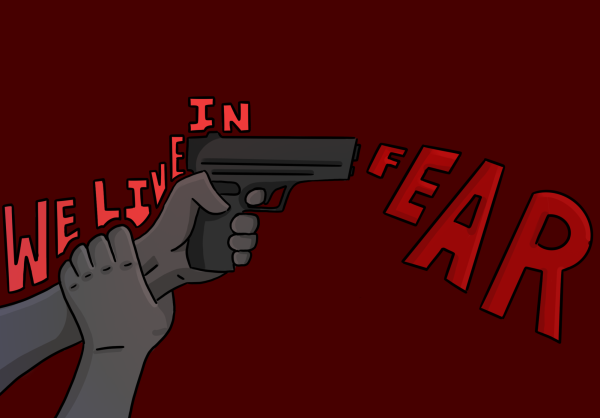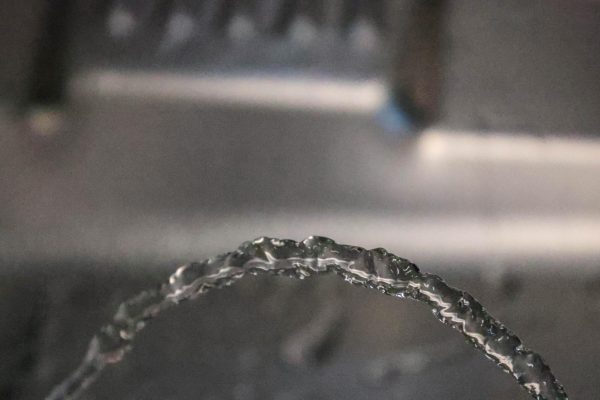Should We Clone Extinct Species?
De-extinction could potentially interfere with conservation efforts for the spotted owl.
Among the fake scientific controversies that abound in American politics — for example, whether global warming is real or a myth perpetrated by universities — scientific innovation is bringing about new, legitimate controversies. Until recently, the concept of bringing extinct species back to life seemed impossibly futuristic and unrealistic. However, through DNA remnants and advanced biotechnology, humans now have the power to attempt “de-extinction.” During the 100th anniversary of the passenger pigeon’s tragic extinction, this idea gained traction. Cells containing the DNA of passenger pigeon would be transformed into eggs that produce eggs and sperm, and then put into rock pigeon eggs. The pigeons that hatch from these eggs would not resemble passenger pigeons, but the next set of offspring would. From there, scientists could breed those birds for specific traits.
Certainly, the prospect of passenger pigeons flying through the Eastern woodlands once again is tantalizing. De-extinction could also revive species that died out thousands of years ago; scientists have found DNA samples of saber-toothed cats and wooly mammoths, so even they could potentially live again. As it stands, dinosaurs are too ancient for de-extinction to bring them back, but humans did not play a role in their extinction anyway.
As compelling as de-extinction seems at face value, it is irresponsible to attempt while we are currently causing living species to go extinct. While de-extinction poses the possibility of bringing something back to life, it would be more helpful to use the technology to study why those species went extinct, and apply it to the future to prevent the extinction of other species.
We, as humans, should focus on saving endangered species in the present before attempting to resurrect extinct species.
Furthermore, de-extinction poses a threat to conservation efforts if it is used as a plan B. The urgency that is a part of conservation drives many of its success stories. If de-extinction serves as a fallback plan — that is, the attitude that if a species goes extinct, it can always be brought back — undermines the need to prevent people from letting species go extinct in the first place.
De-extinction as a backup plan may sound appealing, especially to those with interests that do not go well with conservation. Yet in many instances, it would likely backfire. The Northern spotted owl, caught in another scientific controversy itself, is a prime example. Spotted owls nest in old-growth forests of the Pacific Northwest. Loggers target these forests, and many have developed animosity towards owls, fearing they will cost them their jobs. De-extinction would not solve the loggers-versus-conservationists debate. If loggers completely deforest the Pacific Northwest and spotted owls go extinct, scientists could revive them, but they would have no suitable habitat. This scenario illustrates why de-extinction is no substitute for genuine conservation efforts.
Today, extinct species like the passenger pigeon serve as an important lesson that uncontrolled human actions have the power to wipe even the most abundant species off the face of the Earth. This lesson has helped spur conservation efforts that may have saved charismatic species like peregrine falcons and bald eagles. It shows us the consequences of human power and the need to consider these consequences in order to prevent them from reoccurring.
http://www.pbs.org/newshour/updates/reawakening-extinct-species/










